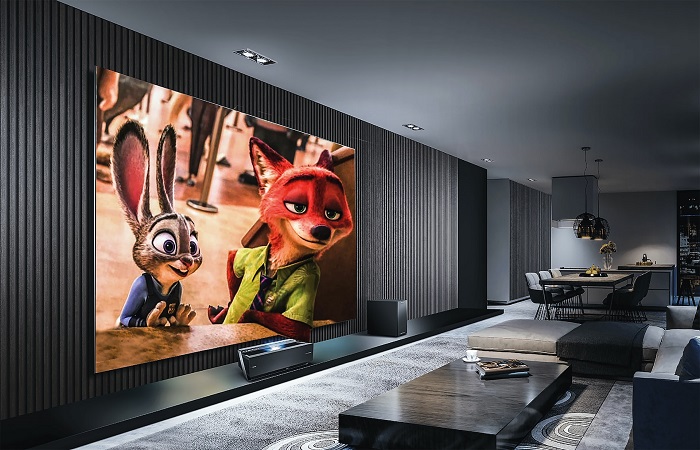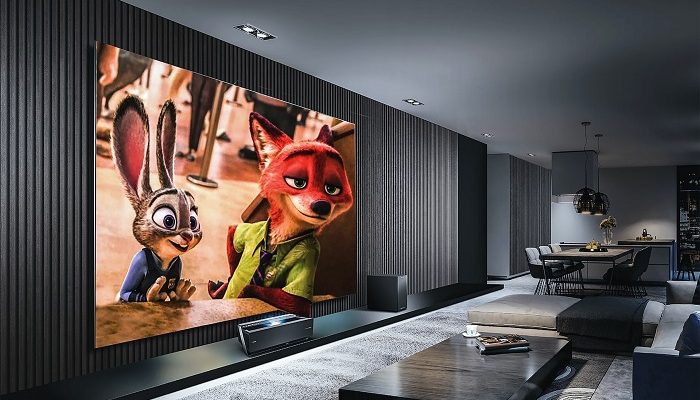
Refresh rate is an important factor to consider when buying a television. It is the number of times per second the TV screen updates or refreshes the image. The refresh rate is measured in Hertz (Hz), and the higher the number, the smoother and more lifelike the picture appears. In the past, the refresh rate of TVs was fixed at 60Hz. However, with advancements in technology, TVs are now available in different refresh rates, including 30Hz. In this article, we will find out, is 30 HZ refresh rate good enough for TV ? and the benefits of upgrading to a 60Hz display.
What is a 30Hz Refresh Rate?
A 30Hz refresh rate refers to the number of times per second that a display updates its image. Specifically, it means that the display is refreshing its image 30 times every second. This is often used in reference to monitors or televisions, and a 30Hz refresh rate is considered relatively low.
A low refresh rate can result in visible flickering or stuttering of the image, especially during fast-moving scenes or animations. Higher refresh rates, such as 60Hz or 120Hz, are often preferred for smoother motion and a more immersive viewing experience, particularly for gaming or other visually demanding applications.
Is 30 Hz Refresh Rate Good?
A 30Hz refresh rate may be good for applications that do not require a high refresh rate, such as watching movies and TV shows. These types of content typically have a lower frame rate, and a 30Hz refresh rate is sufficient to display them smoothly.
Additionally, 30Hz refresh rate displays are often cheaper than their 60Hz counterparts, making them a more affordable option for those on a budget. They are also more energy-efficient, consuming less power than higher refresh rate displays.
However, a 30Hz refresh rate may not be suitable for all types of content. For example, sports and video games often require a higher refresh rate to display fast-paced action smoothly. A 30Hz refresh rate may result in motion blur and stuttering, making the content difficult to follow.
Benefits of Upgrading to a 60Hz Display
While a 30Hz refresh rate may be sufficient for some applications, upgrading to a 60Hz display has several benefits.
Smoother Motion
A higher refresh rate means the TV screen updates the image more frequently, resulting in smoother motion. This is especially important for fast-paced content such as sports and video games. With a 60Hz refresh rate, the TV can display fast-moving objects without motion blur or stuttering, making the content easier to follow.
Reduced Eye Strain
A higher refresh rate can reduce eye strain, especially when watching TV for extended periods. With a 60Hz refresh rate, the TV screen updates the image more frequently, reducing flicker and making the picture more stable. This can help reduce eye fatigue and headaches.
Better Gaming Experience
Video games often require a high refresh rate to display fast-paced action smoothly. A 60Hz refresh rate can provide a more immersive and enjoyable gaming experience, with smoother motion and less input lag.
Future-Proofing
A 60Hz refresh rate is becoming the standard for TVs, with many newer models only available in this refresh rate. By upgrading to a 60Hz display, you are future-proofing your TV and ensuring compatibility with future content and technology.
Conclusion
While a 30Hz refresh rate may be sufficient for certain applications, upgrading to a 60Hz display has several benefits. A higher refresh rate provides smoother motion, reduces eye strain, and improves the gaming experience. Additionally, 60Hz displays are becoming the standard for TVs, ensuring compatibility with future content and technology. When buying a TV, it is essential to consider the type of content you will be watching and choose a refresh rate that meets your needs.

